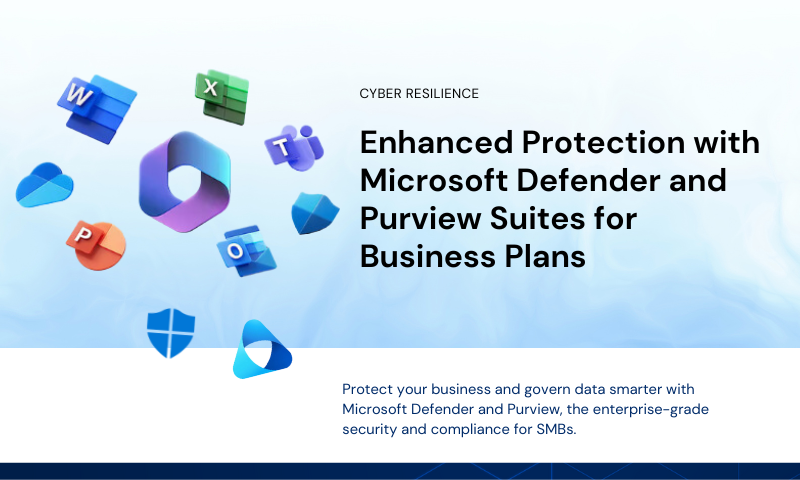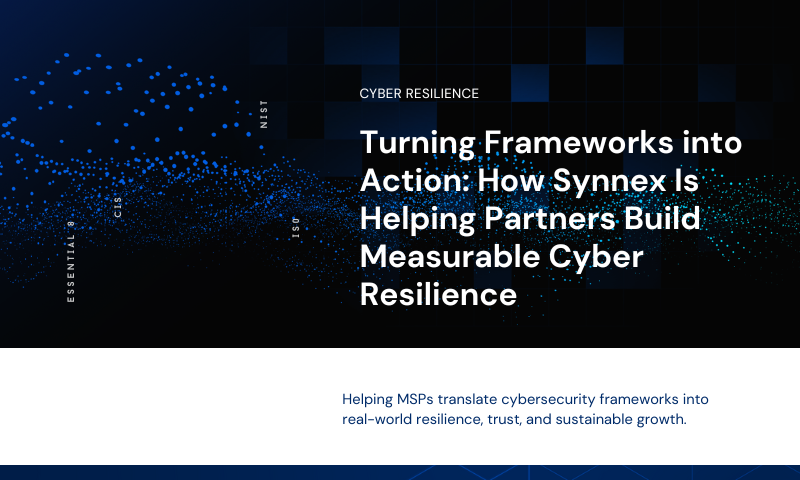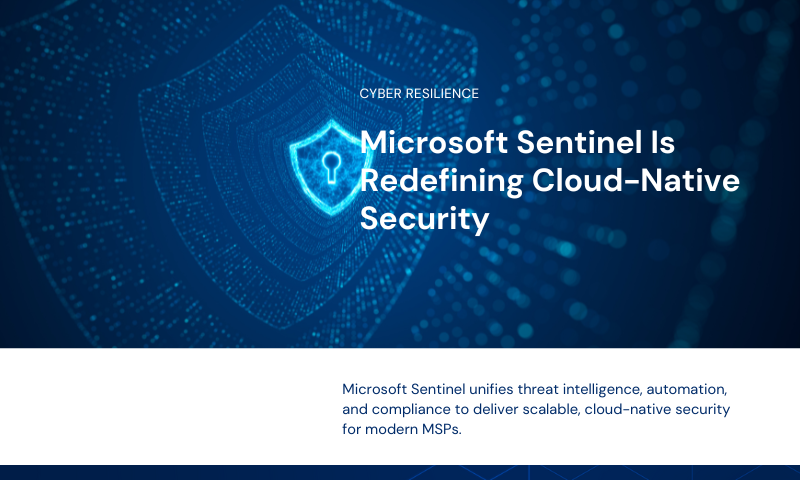5 types of cloud end customers
19 February, 2020
Are you in the cloud or thinking about making the investment?
Offering “cloud” is still a scary thought for some businesses.
However, it’s not as scary as you might think!Along with our 5 simple steps to kick-starting your cloud journey, we’ve identified 5 different types of cloud end customers that you may interact with when selling cloud solutions.
Get acquainted:
1. Technology transformers
These customers are cloud-first, cloud-ready and born in the cloud.
They are the early adopters.
The low hanging fruit that you can reach out to since they heavily depend on cloud solutions.
Technology transformers want to keep up with the latest and greatest technology.
This is so they can demonstrate they are part of digital transformation.
They don’t need legacy systems and are used to workloads based in the cloud.
They are your number one advocates and leaders of cloud solutions.
2. Hybrid explorers
Consumers that are starting to move their workloads into the cloud need guidance and support.
They move at a slightly slower pace than technology transformers; ready to modify old outdated technology to new innovative technology.
These consumers can experience several different roadblocks like their own complex IT systems.
However, they are open to learning more about the cloud and migrating workloads across to cloud environments.
Introducing cloud solutions that are easy to deploy, manage and maintain is a solid start for selling to hybrid explorers.
3. Security-conscious
Security-conscious customers are looking for solutions in the public cloud but tend to hold back due to organisational obstacles.
Consumers in sectors like education, government, medical, legal, accounting or banking may have to protect sensitive information and documents.
Many enterprise businesses who face barriers include industry regulations, privacy laws and security requirements.
Although security may be important to the bigger enterprise players, there are also opportunities for SMB’s to push their security solutions downstream.
It’s a good chance to add value to the smaller type of customers by providing advice, in-depth consulting, and helping them gain a better understanding on how they can benefit from a variety of cloud solutions.
It is crucial for SMB’s to understand and meet end-customer requirements, as well as show them how you can demonstrate compliance.
4. Price-conscious
Price-conscious consumers base their cloud investment depending on how much they can save.
They have a clear goal of ensuring any cloud resources they use to enable their workloads to be more agile, flexible and cost-efficient.
These customers want minimal disruption to their current business structure and are cost-neutral.
For instance, you’ll need to demonstrate to your customers the value of moving from a perpetual model to a subscription model.
This is a good chance for you to market your own cost-efficient value-added services and showcase the extra offerings available to your customers.
5. Technology traditionalists
Traditional IT customers are the last segment to adopt cloud concepts.
They need the most attention and are significant customers; more likely to be in businesses that have a well-established portfolio.
They have been around for years and have a very mature business model.
Therefore, introducing cloud innovations may seem quite foreign to their business.
However, it is important to nurture and guide them through the different cloud offerings and take them through the cloud journey.
You can do this by facilitating enablement sessions, workshops, webinars or even lunch and learns.
Whether you are faced with technology transformers, hybrid explorers, security conscious, price-conscious or technology traditionalists, there are plenty of cloud offerings available for each segment.
Grow your business by beginning with the low hanging fruit and work your way into the slow and steady adapters.
As technology is constantly evolving, start with focussing on what you do best and growing your reach to build a better cloud presence.
We’re here to help.
Leave a comment below, subscribe to our blog or reach out to our team for more.
*For more information how to kick start your cloud journey, click here.



Leave A Comment